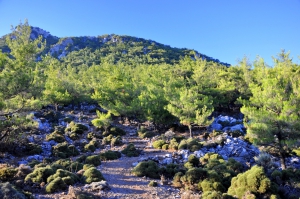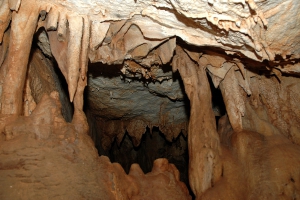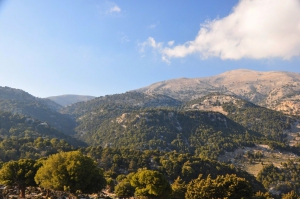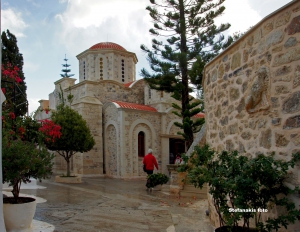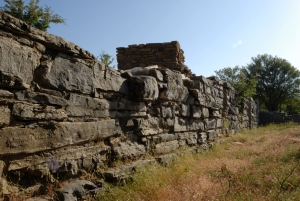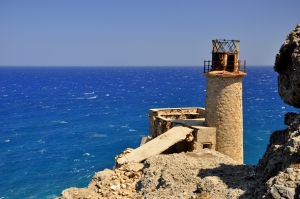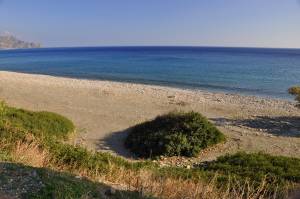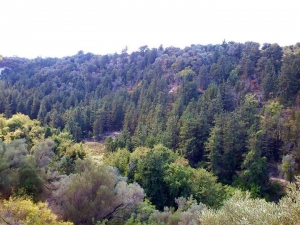One of the nicest villages in Crete is the forested village of Kato Simi by Viannos in Heraklion Prefecture. Together with the ruined village of Pano Simi, they lie in the heart of the largest pine forest of Crete, with the neighboring Selakano and Malles woods included.
The orientation of the cave is south east and the temperature of the cave is high given the area. During the summer months the humidity of the cave is quite high. Its length is about 30m several narrow passages. From the first room in order to reach the main room, you have to pass through a very small opening. Life in the cave is not developed, probably due to many visitors.
The cypress wood of Kritsa is located about 10km west of Kritsa village, very close to the asphalt road that heads to the plateau of Katharo. It is formed across a deep ravine, at the southern foot of Mount Tsiva. The forest is in the middle of the ancient path that led Minoans to the plateau of Katharo, with many Minoan pottery remains found here.
The fortified monastery of Agarathos is located 23km east of Heraklion in a wooded location at an altitude of 538m near Episkopi. The monastery, especially during the Venetian Era, was one of the richest in Crete owning several other monasteries in Heraklion and Lassithi prefectures. It is considered the first in the hierarchy of the monasteries of the island.
Ancient Zominthos is located 7km west of Anogia, on the road heading to the plateau of Nida. Discovered in 1982, Zominthos is one of the most important archaeological discoveries in Crete, compared my many to that of Knossos.
The lighthouse of Cape St John or Aforesmenos is located 27km north of Agios Nikolaos, next to the village of Vrouchas and the wind farm of Baboura. The lighthouse can be accessed via a passable dirt track that starts from the wind farm and, then, a short trail that runs along the cliffs (some years ago there was only a trail). The rugged landscape is typical of Crete with bare mountains, rugged coastlines, and too much wind!
Keratides is located about 1km west of Paleochora harbor, 79km south of Chania city, just after the exit of Azogirianos river and the beach Halikia. It has coarse pebbles and stones and is preferred by those who seek peace and avoid crowds.
Margarites is a village, well known for its marvelous architecture and the traditional pottery. However, in the wider area of the villages of Margarites, Orthe and Eleftherna appear a series of small, parallel gorges. Small streams such as Margaritianos flow towards the north and are tributaries of the Geropotamos River. The gorges are developed in white-yellow marly limestone of the Upper Miocene period (8-10 million years ago) as a result of the uplift of the whole area and the erosion by water.





